New Lifeform Discovered Inside Human Guts
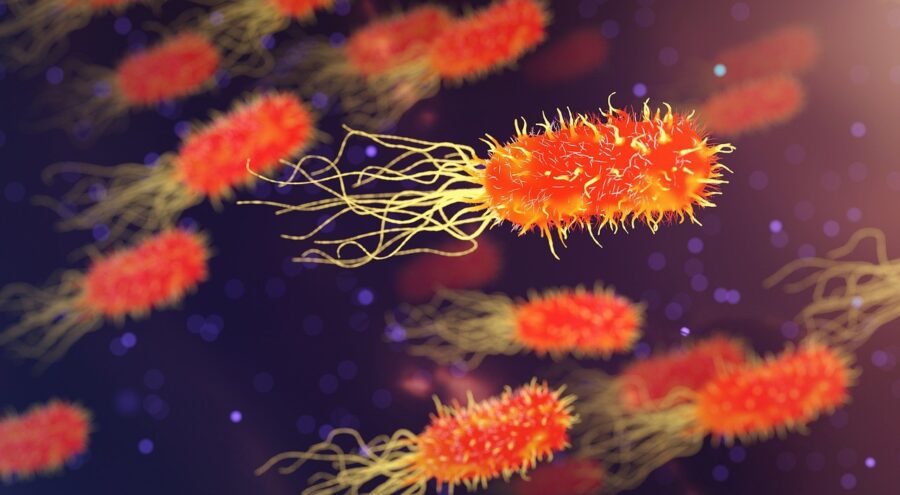
Researchers have discovered a new class of virus-like lifeforms that make their home inside the human body. They have been found in saliva and the human gut and are likely present in other areas of the body as well. A biologist from Stanford University, Ivan Zheludev, calls the newly discovered lifeform an Obelisk.
Obelisks Have No Known Counterpart
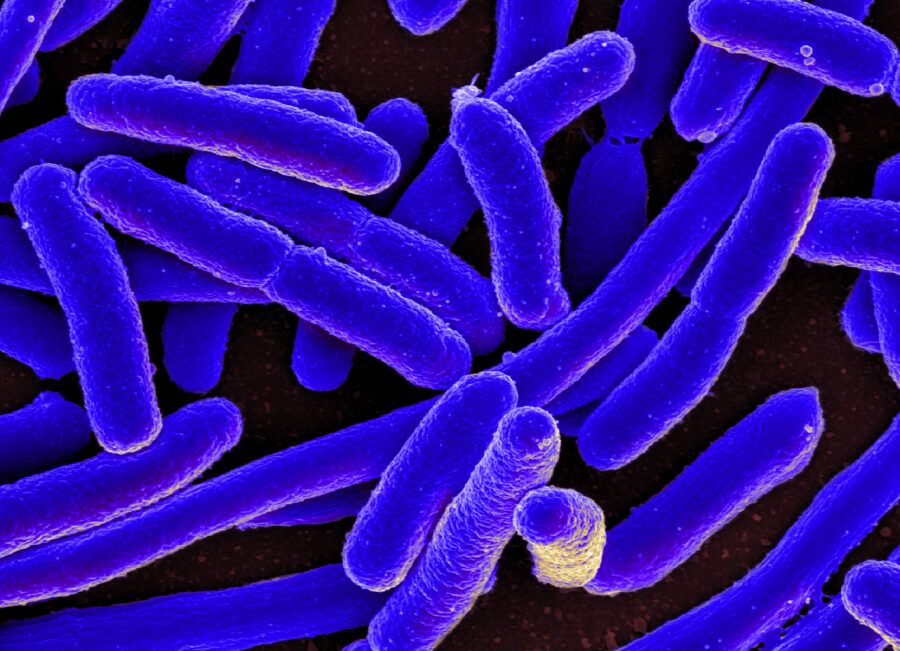
Obelisks represent a strange discovery for biologists as they have no structural similarities known to any other biological agents. The strange new discovery is likely not a virus at all, but Zheludev believes it may be a way to link simple genetic molecules to some that are more complex.
Researchers working on the discovery stated that the “Obelisks comprise a class of diverse RNAs that have colonized, and gone unnoticed in human, and global microbiome.”
A New Microscopic Form Of Life
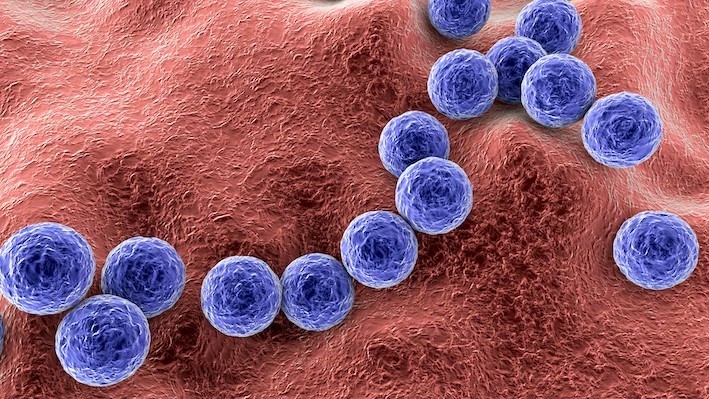
Though Obelisks have a sort of grand structure (thus their name), their genetic sequences only consist of around 1,000 nucleotides. In comparison, a typical human DNA structure is made up of around 3 billion nucleotides. The small and precise nature of these tiny “things” is likely why they have gone undiscovered for so long.
When Zheludev and his research team took this new RNA structure and searched more than 5 million datasets of published genetic sequences, they found that there were nearly 30,000 different Obelisks present in the samples.
Different Obelisks Are Found Throughout The Body
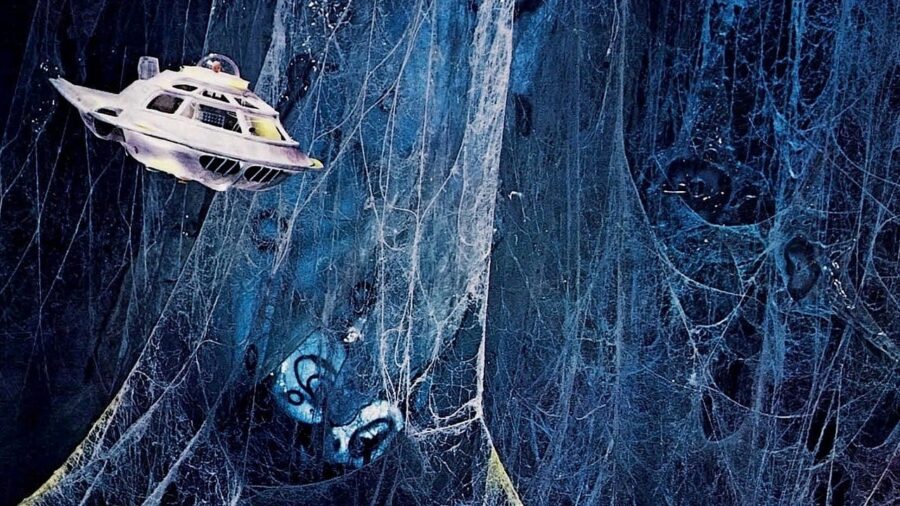
In fact, the team found them to be prevalent enough that they appeared in around 10 percent of the human microbiome research the team studied. The research team dug into one set of data gathered from oral samples and found that 50 percent of the samples had various types of Obelisks present.
The researchers even found that different types of Obelisks tend to populate different areas of the body. This may also mean that the Obelisks could include colonists of the biome in which they were found.
Obelisks Exist Within Bacteria
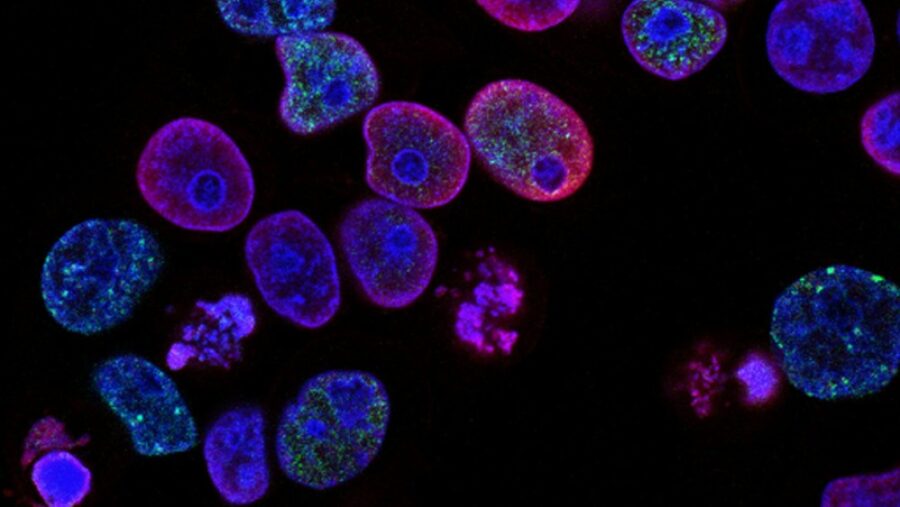
One type of host cell the researchers isolated from a human microbiome was the bacterium Streptococcus sanguinis, which is commonly found in the human mouth. The Obelisks they found within the bacterium microbes had a loop of 1,137 nucleotides.
While the biologists can’t say for certain where or what the other hosts of the Obelisks are, they do know that it’s likely that at least some of them are present in bacteria. No matter where the Obelisks are found, they all share one thing. The Obelisks have codes to create a new class of protein that the researchers have named Oblins.
Obelisks Are Connected To Protein
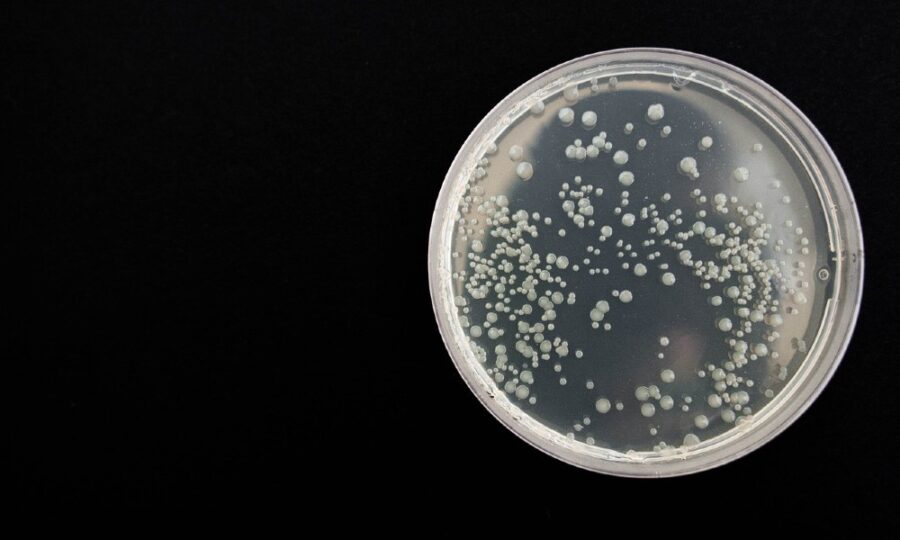
When creating a protein, you need instructions, and the instructions for the protein the researchers discovered are found within the genetic code of the Obelisks. It’s so prominent that it takes up “at least half” of the whole genetic code of any given Obelisk.
The dominant nature of the protein’s code leads researchers to believe it may have something to do with how the Obelisks replicate. Having the ability to code for proteins means that the Obelisks are different from typical viroids, but they also don’t have the ability to create the type of protein shell bad viruses (like COVID-19) use to keep themselves alive when they move outside of their host cell.
Obelisks Appear To Have No Negative Impact On Humans

Obelisks do not seem to have any negative or positive impact on their host, but they still have not figured out how the Obelisks could spread between cells. The researchers concluded that their discovery may be more closely related to RNA plasmids than a virus, though they are significantly larger than plasmids.
Source: bioRxiv












